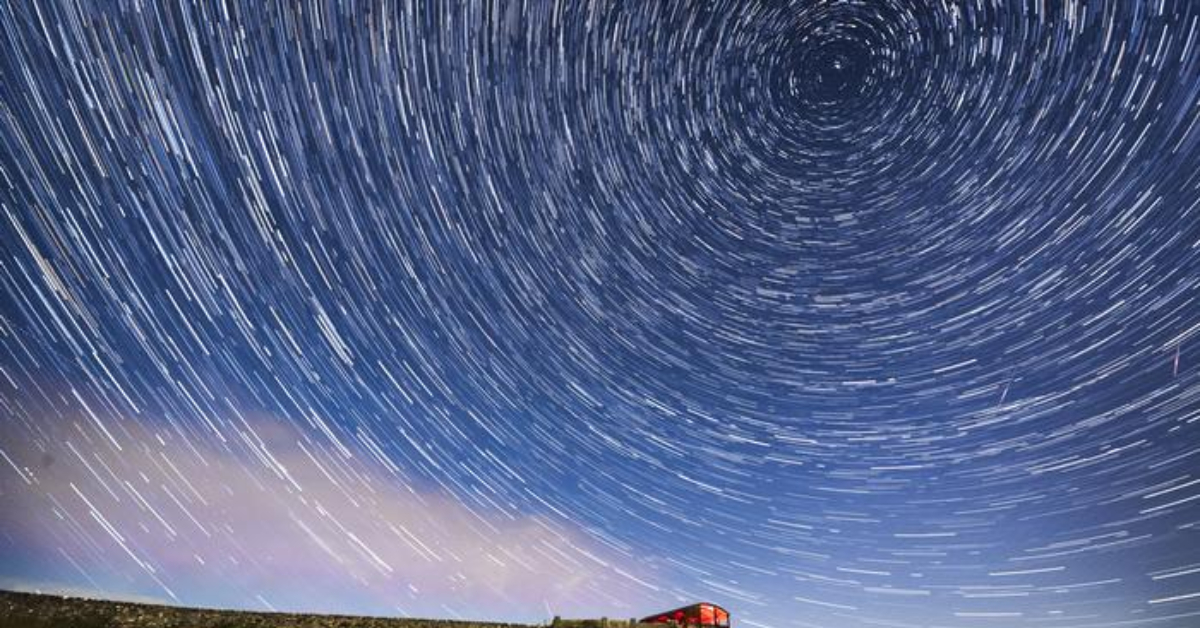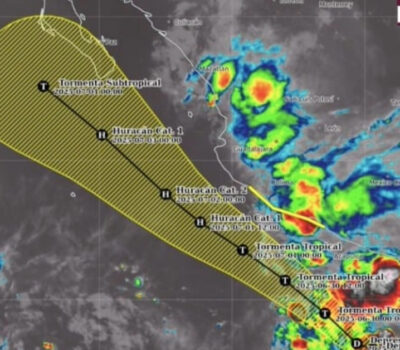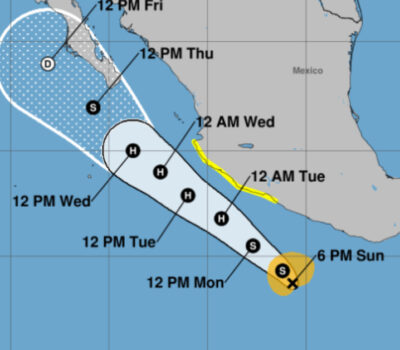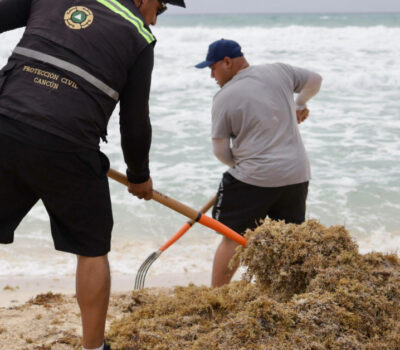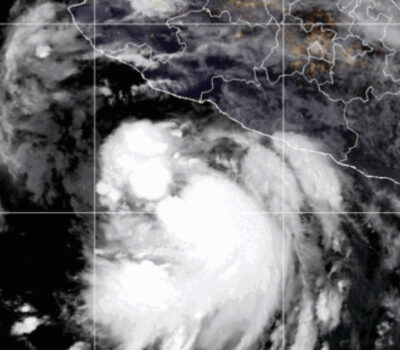This summer, Earth had the shortest day in its history, possibly thanks to a wobble in its axis that caused it to complete a single spin in a fraction of a second under 24 hours.
Specifically, on June 29, 2022, the planet completed a complete revolution in 1.59 milliseconds less than 86,400 seconds, or exactly 24 hours, according to the website timeanddate.com. And July 26 was 1.50 milliseconds shorter than 24 hours.
Recently, the Earth has increased its speed. In 2020, Earth saw its shortest month ever measured, since the 1960s. That year, on July 19, the shortest day of all time was measured: 1.47 milliseconds short of 24 hours. The following year, the Earth continued to rotate at a generally higher speed, although it did not break records. Until now.
Despite the punctual increases in recent times, in general, the rotation of the Earth slows down. Every century, the Earth takes a couple of milliseconds or so to complete one rotation (where 1 millisecond equals 0.001 seconds).
Still, within this general pattern, the Earth’s spin rate fluctuates. From day to day, the time it takes for the Earth to complete one rotation increases or decreases by a fraction of a millisecond. Thus, in recent years, this trend has been reversed and the days are getting shorter.
Although the cause of the different rotational speeds of the Earth, and therefore the variable length of days, is unknown, theories abound. The most accepted is that this is due to several factors.
As Business Insider reports, the spin we experience as night and day doesn’t always occur exactly in line with its axis, the line between the north and south poles. Also, the planet has a bulge at the equator, while the poles are slightly squashed, meaning the Earth is slightly elliptical.
There are also other factors that can alter the rotation, such as ocean tides and the Moon’s gravity. In the same way, there are those who point out that the melting of the glaciers causes that there is less weight in the poles, among other theories. However, there are scientists who point to the main reason, apparently more accepted.
Experts suggest that the reason for the trend of shorter days could be related to the Chandler wobble, a small deviation in the Earth’s axis of rotation.
According to scientists Leonid Zotov, Christian Bizouard and Nikolay Sidorenkov, this phenomenon is similar to the tremor seen when a spinning top begins to gain momentum or slows down.
The wobble was first detected in the late 1880s, when astronomer Seth Carlo Chandler observed the poles wobble over a period of 14 months.
“The normal amplitude of the Chandler wobble is about three to four meters at the Earth’s surface,” Dr. Zotov told timeanddate.com , “but from 2017 to 2020 it disappeared,” he added.
If the rapid rotation of the Earth continues, it could lead to the introduction of the first additional negative second in history.
This would be necessary to keep civil time – which is based on the super-steady rhythm of atomic clocks – in step with solar time, which is based on the Sun’s movement across the sky, reports timeanddate.com.
An additional negative second would mean that our clocks would skip a second, which could create problems in computer systems.
This summer, Earth had the shortest day in its history, possibly thanks to a wobble in its axis that caused it to complete a . . .

